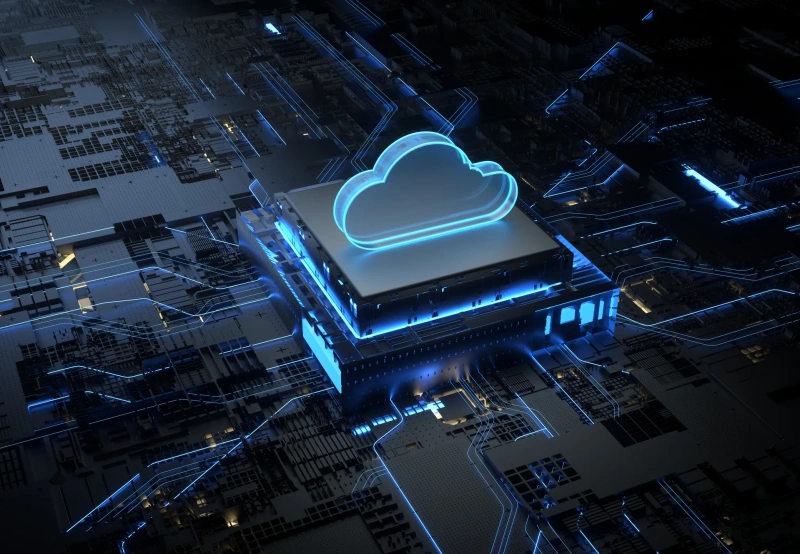That “free GPU cloud” offer seems tempting… until your 70B Llama training job gets preempted at epoch 199. We’ve all seen the ads promising “free AI compute.” But when you’re building enterprise-grade AI, those free crumbs often turn into costly disasters.
The harsh reality? Free tiers typically offer 1% of an A100 for 4 hours — enough for tiny experiments like MNIST digit classification, but useless for modern LLMs or diffusion models. True GPU cloud value isn’t in free trials; it’s in predictable performance at transparent costs. That’s where WhaleFluxenters the picture.
1. Decoding GPU Cloud Economics
Let’s break down real costs for 1x H100 equivalent:
| Service Type | Advertised Cost | True Monthly Cost (Continuous) |
| “Free” GPU Clouds | “$0” | $42/hr (indirect via lost dev time) |
| Hourly Public Cloud | $8.99/hr (AWS) | $64k/month |
| WhaleFlux Leasing | $6.2k/month | No hidden preemption tax |
The critical distinction? WhaleFlux offers minimum 4-week leases — delivering stability free tiers can’t provide. No more rewriting code because your “free” GPU vanished overnight.
2. Why “Free GPU Cloud” Fails Enterprise AI
Trap 1: The Performance Ceiling
Free tiers often limit you to outdated T4 GPUs (16GB VRAM). These choke on 7B+ LLM inference, forcing brutal tradeoffs between model size and batch size.
WhaleFlux Solution: Access real H100s (94GB), A100s (80GB), or H200s (141GB) on demand. Run 70B models without truncation.
Trap 2: Preemption Roulette
A 2024 Stanford study showed 92% job kill rates during peak hours on free tiers. Imagine losing days of training because a higher-paying user claimed “your” GPU.
WhaleFlux Guarantee: 99.9% uptime SLA on leased nodes. Your jobs run start-to-finish.
Trap 3: Data Liability
Many free providers quietly state: “Your model weights become our training data.” Your IP could train their next model.
WhaleFlux Shield: Zero data retention policy. Your work leaves when your lease ends.
3. WhaleFlux: The Enterprise-Grade Alternative
Compare real-world performance:
| Workload | Free Tier (T4) | WhaleFlux (H100) |
| Llama-7B Inference | 14 sec/token | 0.7 sec/token |
| ResNet-152 Training | 28 hours (partial) | 2.1 hours (full run) |
Our strategic leasing model means you own your infrastructure:
yaml
# whaleflux-lease.yaml
gpu_type: h200
quantity: 8
lease_duration: 3 months # Stability for production
vram_guarantee: 141GB/node
4. When “Free” Makes Sense (and When It Doesn’t)
✅ Use Free Tiers For:
- Student tutorials
- Toy datasets (MNIST/CIFAR-10)
- Testing <1B parameter models
🚀 Switch to WhaleFlux When:
- Models exceed 7B parameters
- Training jobs run >6 hours
- You need to protect sensitive IP
Cost Transition Path:
Prototype free → Lease WhaleFlux RTX 4090s ($1.6k/month) → Scale to H200s ($6.8k/month)
5. Implementation: From Free Sandbox to Production
Step 1: Audit Hidden Free Costs
bash
whaleflux cost-analyzer --compare=free-tier
# Output: "Estimated dev time loss: $11,200/month"
Step 2: Right-Size Your Lease
Match GPUs to your workload:
- RTX 4090 (24GB): Fine-tuning <13B models
- A100 (80GB): 30B-70B inference
- H200 (141GB): 100B+ training clusters
Step 3: Deploy Securely
WhaleFlux’s isolated networks avoid public cloud “noisy neighbor” risks.
6. Conclusion: Free Isn’t Cheap
“Free” GPU clouds cost you in:
❌ Lost developer productivity
❌ Failed experiments
❌ IP leakage risk

